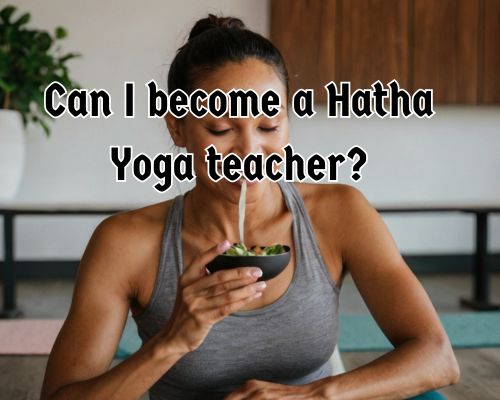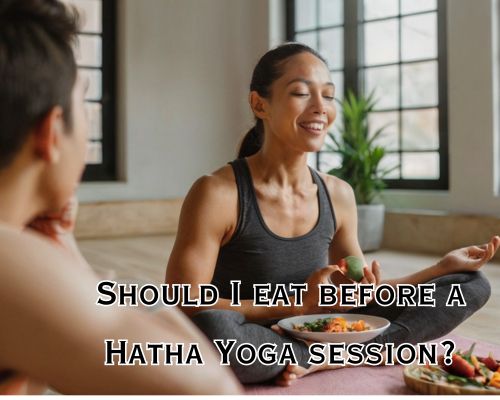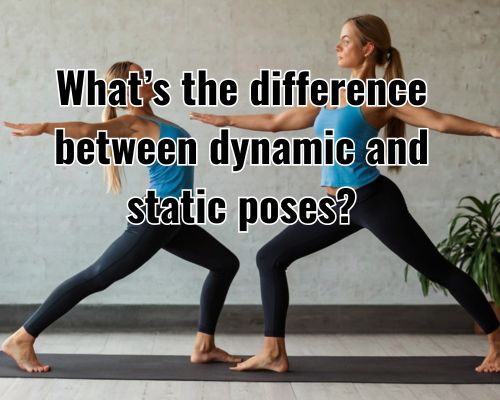Can I Become a Hatha Yoga Teacher? A Mornington Local’s Guide to Transformation
In the quiet coastal charm of Mornington, Australia, where serenity meets the sea, a growing number of wellness seekers are turning their passion for yoga into a meaningful profession. But the big question lingers: Can I become a Hatha Yoga teacher?

If you’ve ever sat in Savasana after a fulfilling class and thought, “I could see myself leading this,”—you’re not alone. Becoming a Hatha Yoga teacher is not just about perfecting postures. It’s a deep, rewarding journey that combines mindful living, anatomical understanding, and teaching methodology—and yes, it’s absolutely achievable right here in Mornington Peninsula.
With Jane Benson from Bikram Yoga Mornington, let’s unpack the path, the process, and what it truly takes to transform from student to certified Hatha Yoga teacher.
What is Hatha Yoga, and Why is It So Popular?
Hatha Yoga is one of the oldest branches of yoga, focusing on physical postures (asanas), breath control (pranayama), and meditation. Unlike more fast-paced styles like Vinyasa or Power Yoga, Hatha offers a slower, more deliberate approach, making it ideal for beginners and for those pursuing a deeper connection between body and mind.
In Mornington, where wellness culture flourishes—from beachside meditation groups to holistic health retreats—Hatha Yoga resonates strongly with locals seeking balance amidst busy modern lives. It’s no surprise that Hatha Yoga classes in Mornington are consistently popular across all age groups.
Can You Really Become a Hatha Yoga Teacher in Mornington?
Short answer: Yes, 100%.
Mornington offers a surprisingly rich yoga education ecosystem. Whether you’re a local or considering moving to this beautiful coastal town, you’ll find a range of Yoga Alliance-recognised teacher training programs, wellness studios, and experienced mentors.
Here’s how you can start your transformation:
1. Meet the Prerequisites (No, You Don’t Have to Be a Contortionist)
One of the biggest misconceptions is that you need to be hyper-flexible or have years of experience to start a teacher training course.
In reality, most 200-hour Hatha Yoga Teacher Training Courses (TTCs) only require a consistent yoga practice (usually 6 months to 1 year), a genuine passion for yoga philosophy, and a commitment to self-growth.
Some Mornington-based yoga schools may offer introductory sessions or pre-training intensives for those who are newer to the practice.
🧘♀️ Pro tip: If you’re already attending local classes at studios like Bikram Yoga Mornington or Peninsula Hot Springs, chat with your instructors—they often have direct pathways into TTCs or can recommend reputable programs.
2. Choose the Right Training Program in Mornington
A key factor in your journey is picking a Yoga Alliance accredited Hatha Yoga teacher training program. This certification is internationally recognised and ensures you meet professional standards for teaching.
In Mornington and surrounding areas like Mount Martha, Frankston, and Dromana, you’ll find a mix of:
- In-person intensive programs (often run over 4–6 weeks)
- Weekend modules (ideal for working professionals)
- Hybrid options combining in-studio and online learning
Be sure to assess:
- The curriculum (ensure it covers asanas, anatomy, philosophy, teaching techniques)
- The lead teachers’ experience
- Post-training mentorship or placement support
Local institutions such as Pranava Yoga Studio and Balance Within Yoga & Wellness have strong reputations for cultivating authentic, grounded teachers.
3. Embrace the Lifestyle—More Than Just Poses
Becoming a Hatha Yoga teacher is also about living the values of yoga—mindfulness, discipline, compassion, and service.
Many Mornington Peninsula yoga programs integrate Ayurveda, nutrition, and meditation into their curriculum, reinforcing yoga as a holistic path. You’ll likely find yourself:
- Waking up with the sun for morning meditations
- Immersing in yogic texts like the Hatha Yoga Pradipika
- Participating in karma yoga (community service) projects locally
This lifestyle isn’t for everyone, but for those drawn to personal transformation and helping others heal, it can be profoundly fulfilling.
4. Understand the Costs and Time Commitment
Expect a 200-hour teacher training to cost anywhere from $3,000 to $5,000 AUD in the Mornington region. This often includes training materials, some meals, and sometimes accommodation for intensives.
Factor in:
- Time: Most programs run over 8–12 weekends or 4–6 week intensives
- Practice hours: You’ll need to log hours teaching others, sometimes via community classes
- Insurance and First Aid Certification: Essential for teaching in Australia
Many studios in Mornington offer payment plans, and if you’re switching careers or taking a gap year, this investment can be life-changing.
5. Launching Your Yoga Career in Mornington
Post-certification, the journey is just beginning. Many new teachers start with:
- Community yoga classes at local halls or surf clubs
- Substitute teaching at their training studio
- Hosting classes in beachside parks or Airbnb retreats
- Collaborating with wellness centers or physiotherapy clinics
Mornington’s booming wellness scene, tourism traffic, and proximity to Melbourne make it an ideal springboard for a sustainable yoga teaching career. There’s strong demand for:
- Private yoga sessions
- Corporate wellness programs
- Retreat collaborations
- Prenatal and therapeutic yoga
Plus, the local community’s strong appreciation for holistic health means you’ll be well-supported as you build your practice.
Final Thoughts: The Path to Teaching Starts Where You Are
So, can you become a Hatha Yoga teacher in Mornington? Absolutely.
Whether you’re a hospitality worker seeking a soulful side hustle, a mum looking for flexibility and purpose, or simply someone drawn to helping others find peace—Mornington offers all the tools, support, and sunshine you need to make that dream real.
The path may not be easy, but like every great yoga journey, it starts with a single, intentional breath. And perhaps, the courage to ask the question: “What if this is what I was meant to do?”
Namaste, future teacher. Your mat—and your destiny—awaits.


